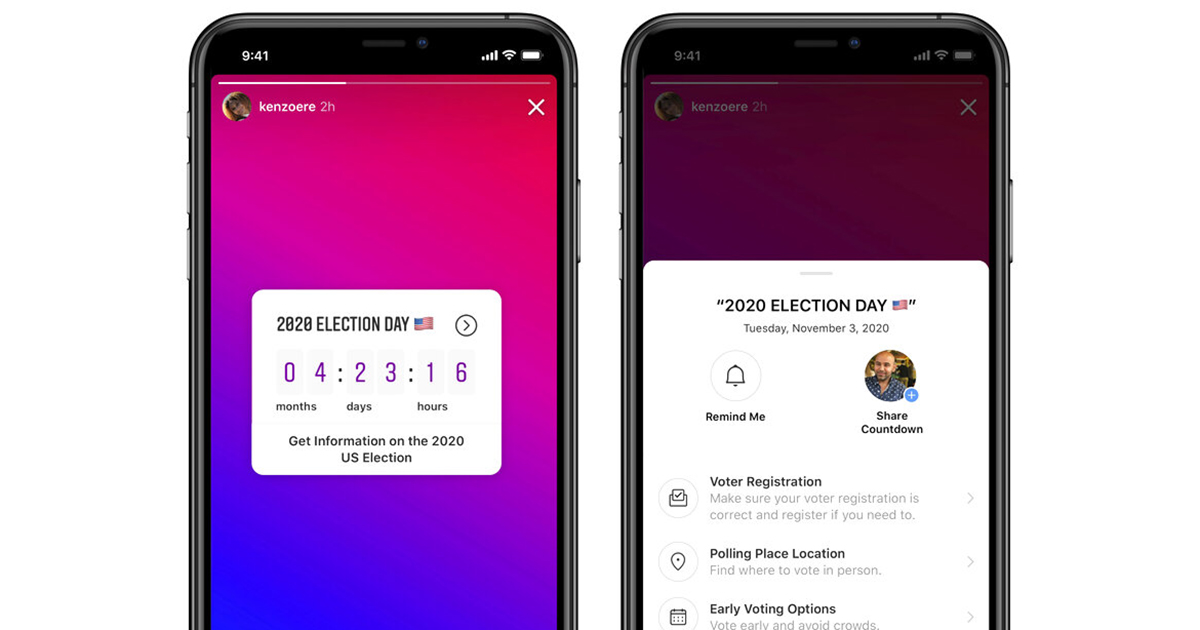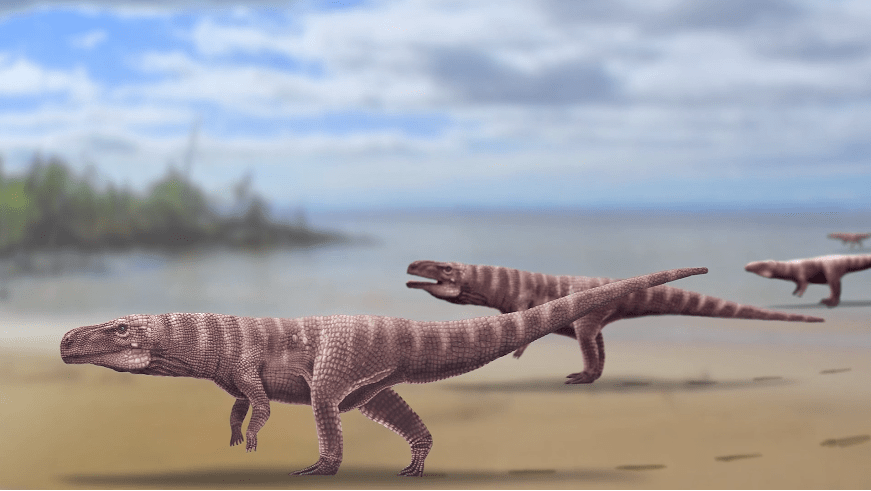PROGRESO, Texas (Border Report) — U.S. Customs and Border Protection officials have begun using controversial biometric facial-comparison technology to screen travelers coming into the United States through a South Texas port of entry.
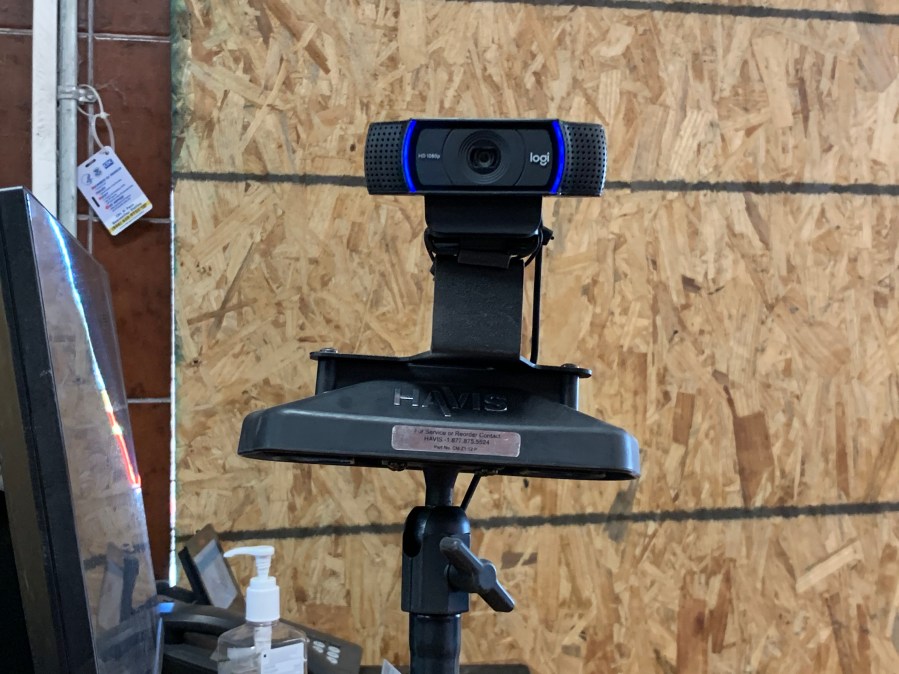
CBP officials on Thursday announced they started using this specialized facial recognition technology this week at the Progreso Port of Entry, which connects Progreso, Texas, and Nuevo Progreso, Mexico. Nuevo Progreso is a popular town in the state of Tamaulipas where locals and Winter Texans can easily walk over the pedestrian bridge to buy prescriptions, visit doctors and dentists, and shop for trinkets.
The technology is only being used on pedestrian travelers, not vehicular traffic, CBP Progreso Port Acting Chief Sandra Cavazos said. This technology has been used since November on travelers in El Paso, and is also used in Laredo, Texas. But this is the first time it has ever been used in the Rio Grande Valley, CBP officials said.
The technology is part of recommendations made by the National Commission on Terrorist Attacks Upon the United States (also known as the 9/11 Commission), and Cavazos says it fulfills congressional legislative mandates “to biometrically record the entry and exit of non-U.S. citizens.”
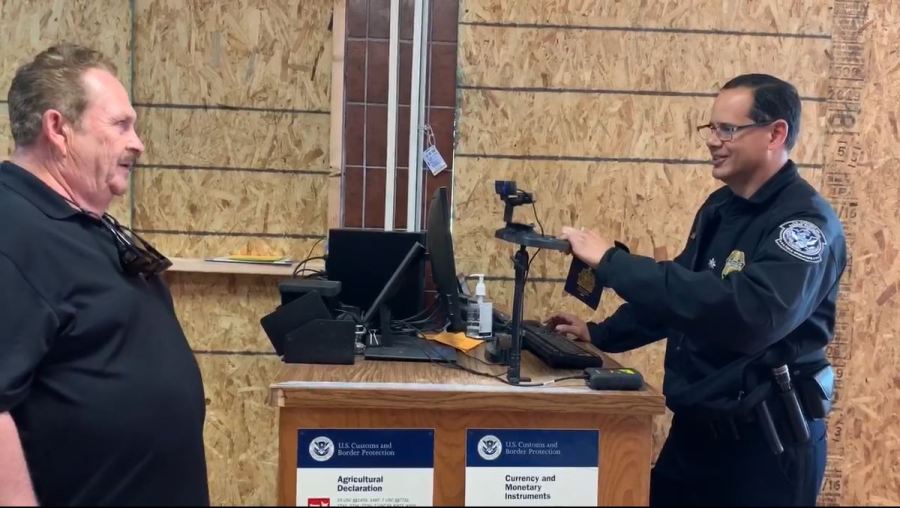
“This technology does enhance our border security. It helps prevent identity theft, and it streamlines travel,” Cavazos said. “The officer will compare the photo taken from the traveler today to what is in DHS databases.”
Cavazos on Thursday gave Border Report a tour of the Progreso port, where her officers were asking all those who were presenting themselves to officers for inspection to stop for a photo first. The pictures took less than three seconds to process and immediately will alert officers of any suspected disparities between the documents and the presenter. If there are concerns, then officers will ask more questions of the traveler and might refer them to secondary inspection, Cavazos said.
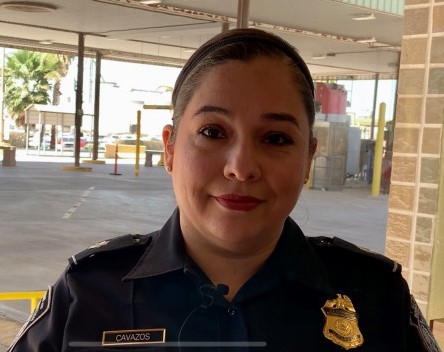
Between 3,000 and 6,000 pedestrian travelers pass through the Progreso POE daily, she said, and the lines of those trying to cross from the United States snake well up the middle of the bridge.
The high-tech software help to take some of the guesswork out of officers having to figure out if this is the same person who might have lost 100 pounds, shaved their mustache or is aging in years. But it doesn’t do all the work, she said.
“Although it is 97% accurate, our officers always are very diligent and vigilant in protecting our borders. So they do review the documents. They do verify that the person that is in front of them is indeed the person on the document,” Cavazos said.
Photos taken of U.S. citizens are stored for only 12 hours. And U.S. citizens also have the option of opting out. Photos of foreign nationals, however, are stored in a secure Department of Homeland Security system. The agency maintains a “gallery” of foreign travelers captured during previous entry inspection, photographs from U.S. passports and U.S. visas, and photographs from other DHS encounters.
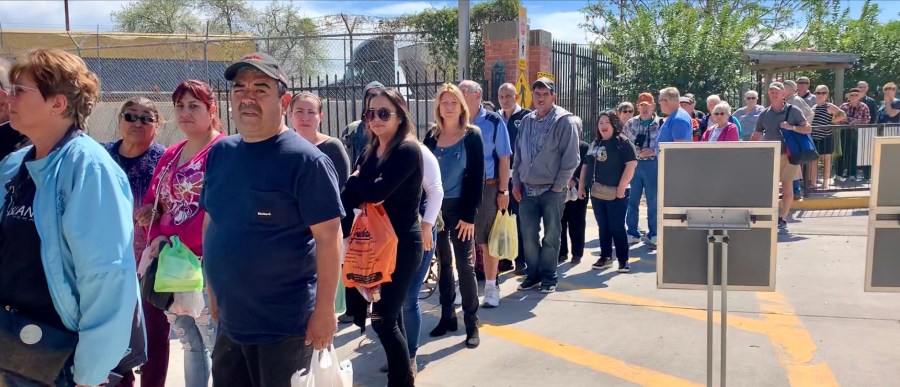
Nevertheless, there have been privacy and security concerns raised about the technology.
On July 10, the U.S. House of Representatives Committee on Homeland Security, chaired by U.S. Rep. Bennie Thompson, D-Mississippi, held a hearing to examine the issue. At the time, Thompson raised concerns about whether or not the Department of Homeland Security was appropriately safeguarding citizen’s privacy rights. “I am not opposed to biometric technology and recognize it can be valuable to homeland security and facilitation,” Thompson said. “However, its proliferation across DHS raises serious questions about privacy, data security, transparency and accuracy.”
Thompson added that the federal government “does not have a great track record” in securing the personal data of its citizens.
Rep. Mike Rogers, a Republican from Alabama who is the ranking minority member of the committee, defended the technology during the hearing, saying: “TSA and CBP agents can review several hundred IDs in a single shift. … As a result, fatigue and human error allow people with fake IDs to slip into our country every day. Automating this process with biometric technology will improve transportation security.”
On Thursday, Alfredo Ramirez, of Austin who returned from Nuevo Progreso with a bag of purchases, said he had no trouble having his photo taken. And he said it did not delay the process.
“It didn’t bother me,” Ramirez said. “It was very quick.”
Visit the BorderReport.com homepage for the latest exclusive stories and breaking news about issues along the United States-Mexico border.
